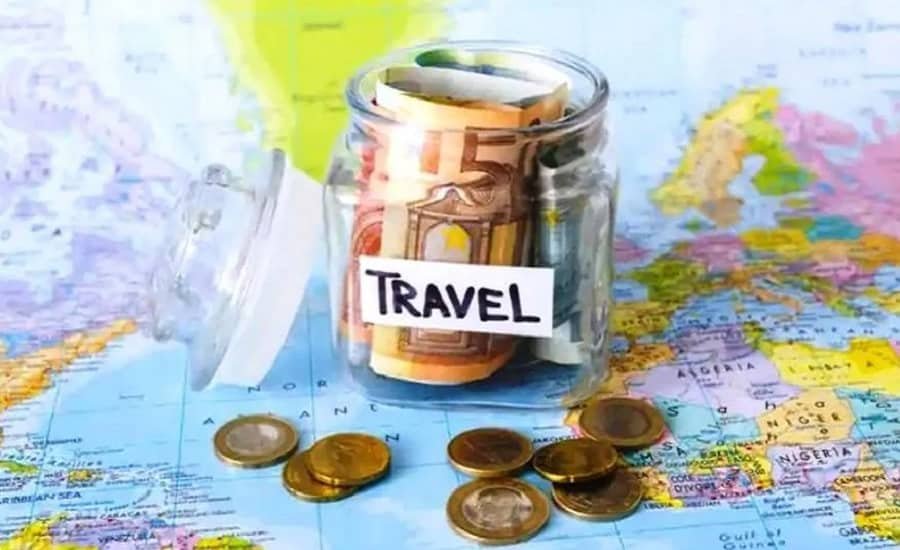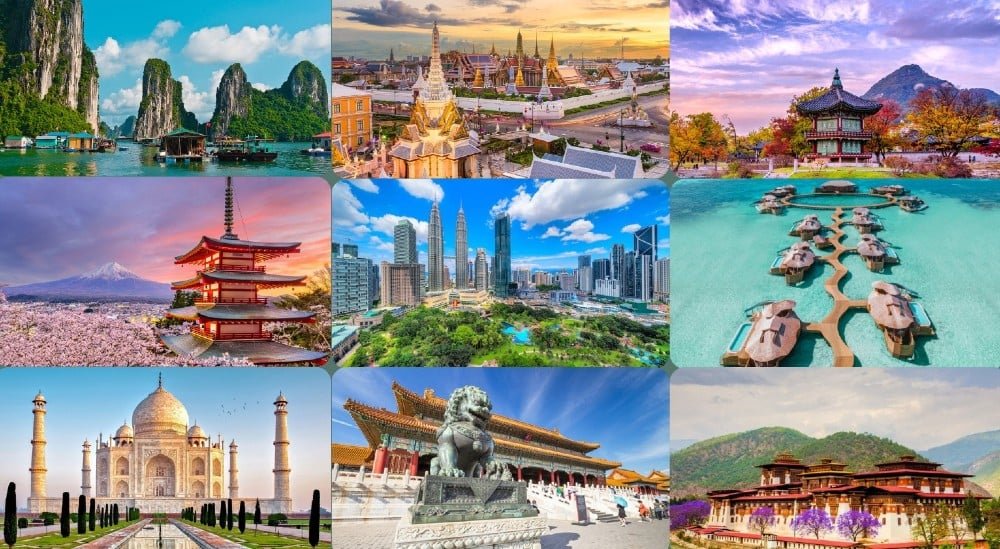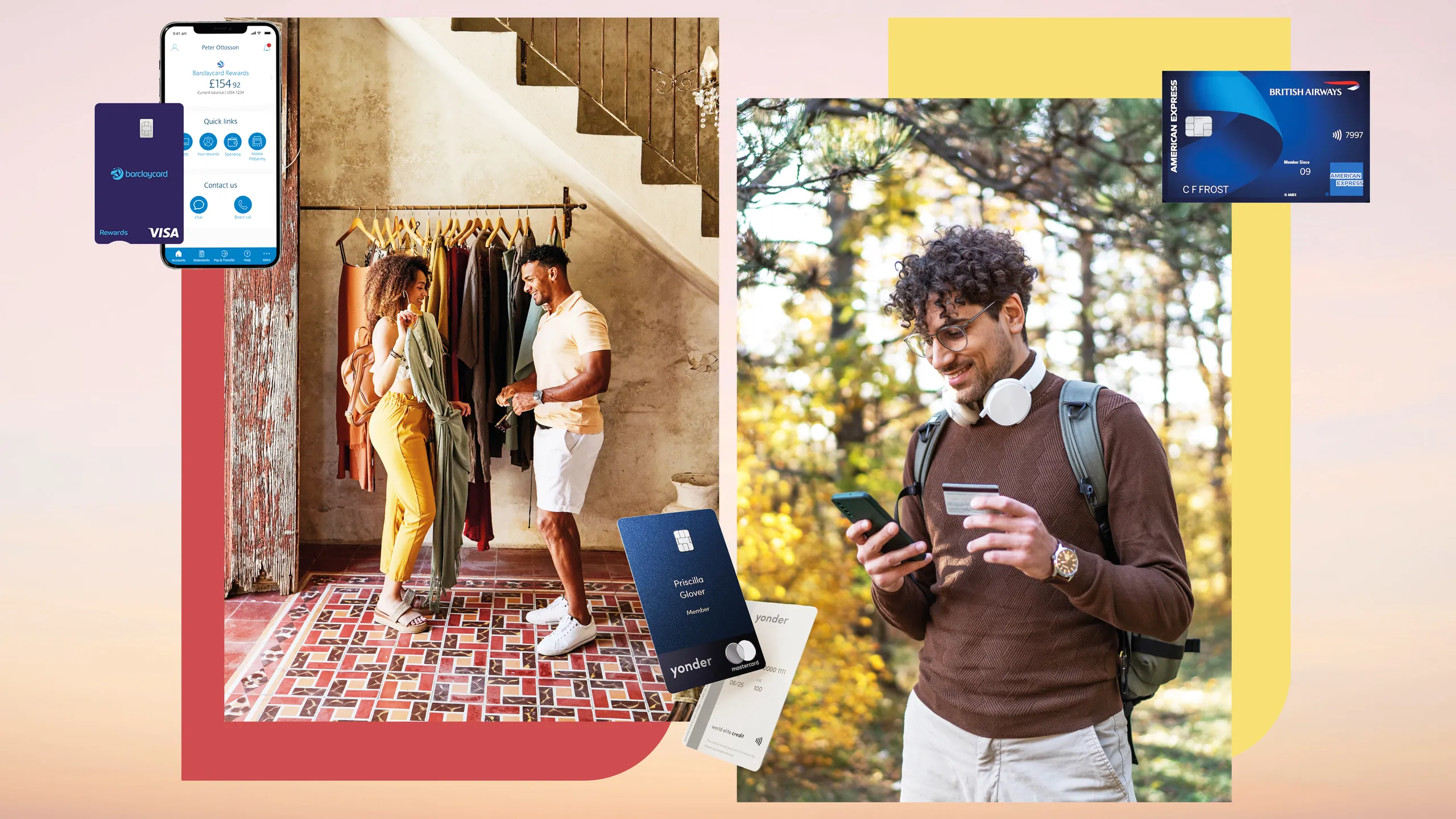
Travel has evolved dramatically with the rise of digital nomads, and adventurers who need to stay connected and productive while on the go. If you’re anything like me, balancing exploration with work or just keeping up with daily life from anywhere in the world has become second nature. With the right tech, it’s easier than ever to navigate unfamiliar cities, stay in touch with loved ones, and even work remotely while sipping coffee in a cozy cafe somewhere far from home.
The first time I embarked on a solo trip, I was nervous about how I’d stay connected and organized. My smartphone became my best friend, and soon, I realized how essential tech tools are for travelers today. But not all tools are created equal. Some are indispensable; others, not so much. After years of traveling with tech (and sometimes without it), I’ve learned which tools make life easier and which to skip.
In this guide, I’ll dive deep into the tech tools every modern traveler should consider packing, from offline maps to global SIM cards. Whether you’re heading off-grid or hopping between bustling cities, these tools can make your journey smoother and more enjoyable.
1. Offline Maps: A Lifesaver in Every Destination
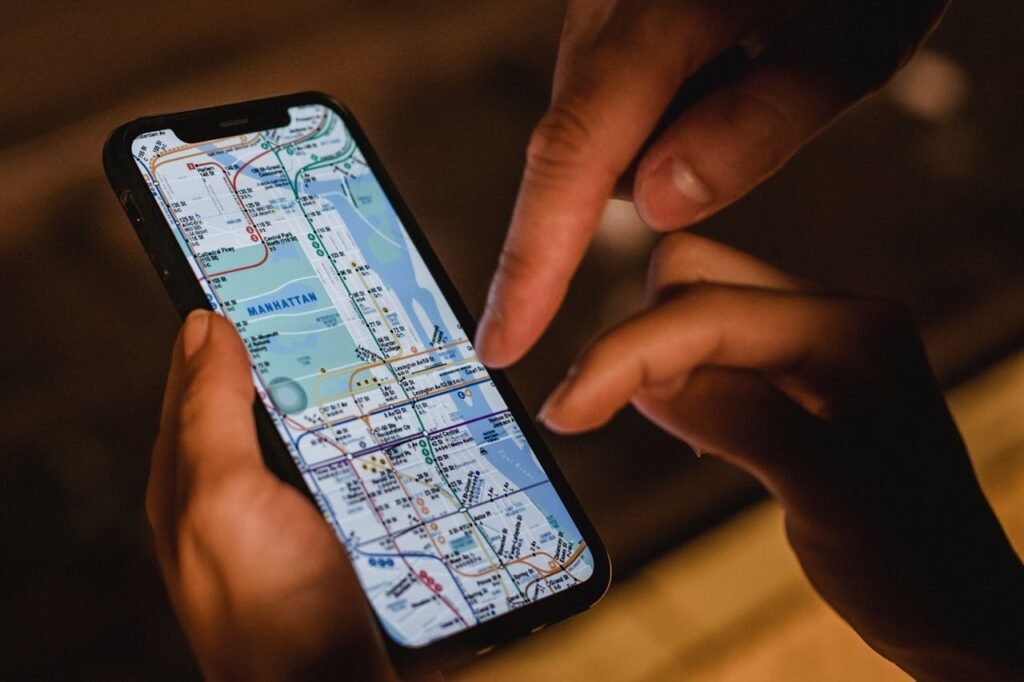
When I first traveled to Southeast Asia, I didn’t realize how often I’d be in places without reliable internet. I’ve since made it a habit to download offline maps before I arrive at any destination. Apps like Google Maps and Maps.me have saved me from getting lost in rural villages and helped me find hidden gems in big cities alike.
Travel Smarter, Pack Better
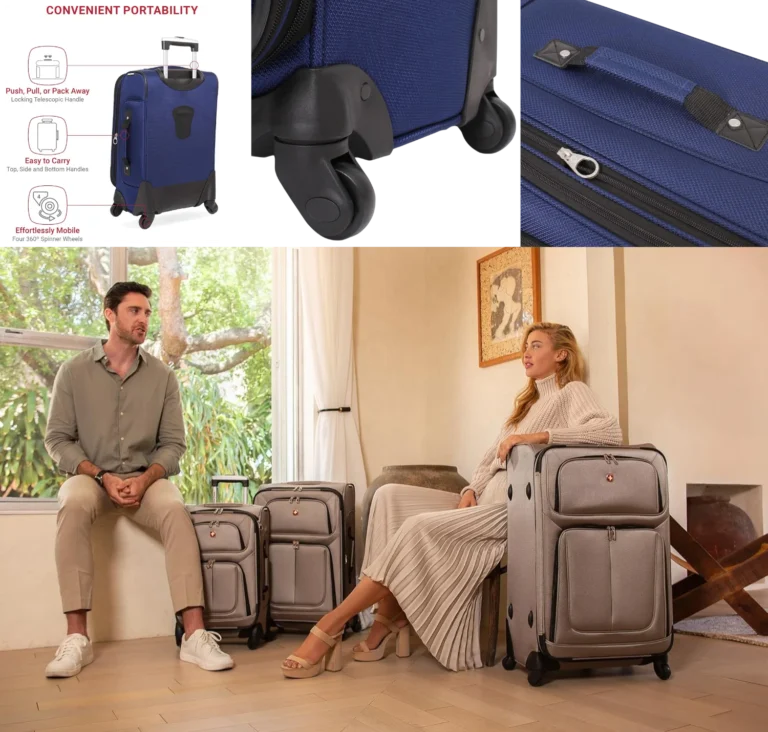
Experience a carry-on built for travelers who value durability and sleek design. Its hard-shell exterior keeps your belongings protected wherever you go.
Move through airports with ease thanks to smooth 360° spinner wheels and a lightweight frame. Every detail is crafted to make travel feel effortless.
With smart interior compartments, this suitcase helps you stay organized on weekend trips or long adventures. Reliable, stylish, and ready for every journey.
Why Offline Maps Matter
When you’re in areas with spotty or no mobile data, offline maps can literally save your trip. I remember wandering through a remote area in northern Thailand with no cell signal, but because I had downloaded Google Maps for offline use, I navigated my way back to my hostel. The peace of mind that comes with knowing you have a map at your fingertips, even without data, is invaluable.
How to Download Maps for Offline Use
Both Google Maps and Maps.me allow you to download sections of the map for offline use. Here’s a simple breakdown:
- Google Maps: Open the app, go to the area you want to save and select “Offline Maps” in the menu. You can then download your chosen region.
- Maps.me: With this app, simply choose your destination and the map is available offline instantly.
Personally, I prefer Maps.me when I’m in more rural areas since it often includes hiking trails and smaller roads that Google sometimes misses. But for city travel, Google Maps is still my go-to.
Pros of Offline Maps
- No need for an internet connection
- Helps you navigate unfamiliar places
- Can highlight points of interest, restaurants, and ATMs
Cons
- Maps take up storage space on your phone
- You need to remember to download them beforehand
2. Language Translation Apps: Bridging the Communication Gap

Traveling in non-English speaking countries can be intimidating, especially if you don’t speak the local language. I once spent three weeks in Japan, where English signage is limited. Enter Google Translate, a true lifesaver. This app has helped me communicate with locals, read menus, and even negotiate prices in markets.
How Google Translate Makes Life Easier
The beauty of Google Translate is that you can download language packs for offline use. I learned this the hard way when trying to order food in rural Japan with no internet connection. Thankfully, after that experience, I always download the local language pack ahead of time.
The app also includes a camera feature, which allows you to point your phone at signs or menus and instantly translate the text. I can’t tell you how helpful this was when I accidentally wandered into a restaurant in Osaka where no one spoke English and the menu was only in Japanese!
Other Language Tools Worth Exploring
- iTranslate: Another reliable app, especially if you need voice translation.
- Duolingo: Not for instant translations but great for learning basic phrases before you arrive.
3. Global SIM Cards and eSIMs: Stay Connected Wherever You Go

Staying connected while traveling can be a challenge. Before I discovered global SIM cards and eSIMs, I’d waste valuable time finding local SIM cards in each country, or worse, pay exorbitant roaming fees.
The Perks of Global SIM Cards and eSIMs
Now, I always travel with a global SIM card. These cards work across multiple countries, allowing you to use data and make calls without changing SIM cards at each border. If your phone supports it, eSIMs are even better since you don’t need to physically swap cards — it’s all digital.
I once traveled across Europe for three months and switched between six different countries. Thanks to my global SIM, I had internet access the whole time, without having to fumble with SIM cards at every airport.
Where to Buy and How to Set Up
I recommend purchasing a global SIM card online before your trip, as it’s often cheaper than buying one at the airport. Some of the best options include OneSimCard and Airalo. You can download eSIMs directly onto your phone from providers like GigSky or Truphone.
Why I Love eSIMs
What I love most about eSIMs is that they free up the physical SIM slot for your home SIM, allowing you to keep both active. For me, this is great when I want to remain reachable on my regular number while using local data.
Benefits of Global SIM Cards and eSIMs
- Cost-effective compared to roaming fees
- Works across multiple countries
- Easy setup and activation
4. Portable Chargers: Your Battery’s Best Friend
There’s nothing worse than your phone dying in the middle of a busy day of sightseeing. A reliable portable charger is non-negotiable in my travel tech kit. On a trip to Italy, my phone died just as I was trying to navigate back to my hotel. Since then, I’ve always carried a portable charger — and it has saved me countless times.
Conclusion
Traveling in the digital age comes with its challenges, but with the right tech tools, those challenges become opportunities for adventure. From offline maps to global SIMs, these tools not only enhance your travel experience but also give you the confidence to explore without worry. The next time you’re heading out, make sure you’re armed with the right apps and gadgets.
So, what’s your go-to travel tech? If you’re not yet using some of these, give them a try. You’ll be amazed at how much easier, safer, and more enjoyable your journeys will become.
Images credits: Pixabay/pexels


